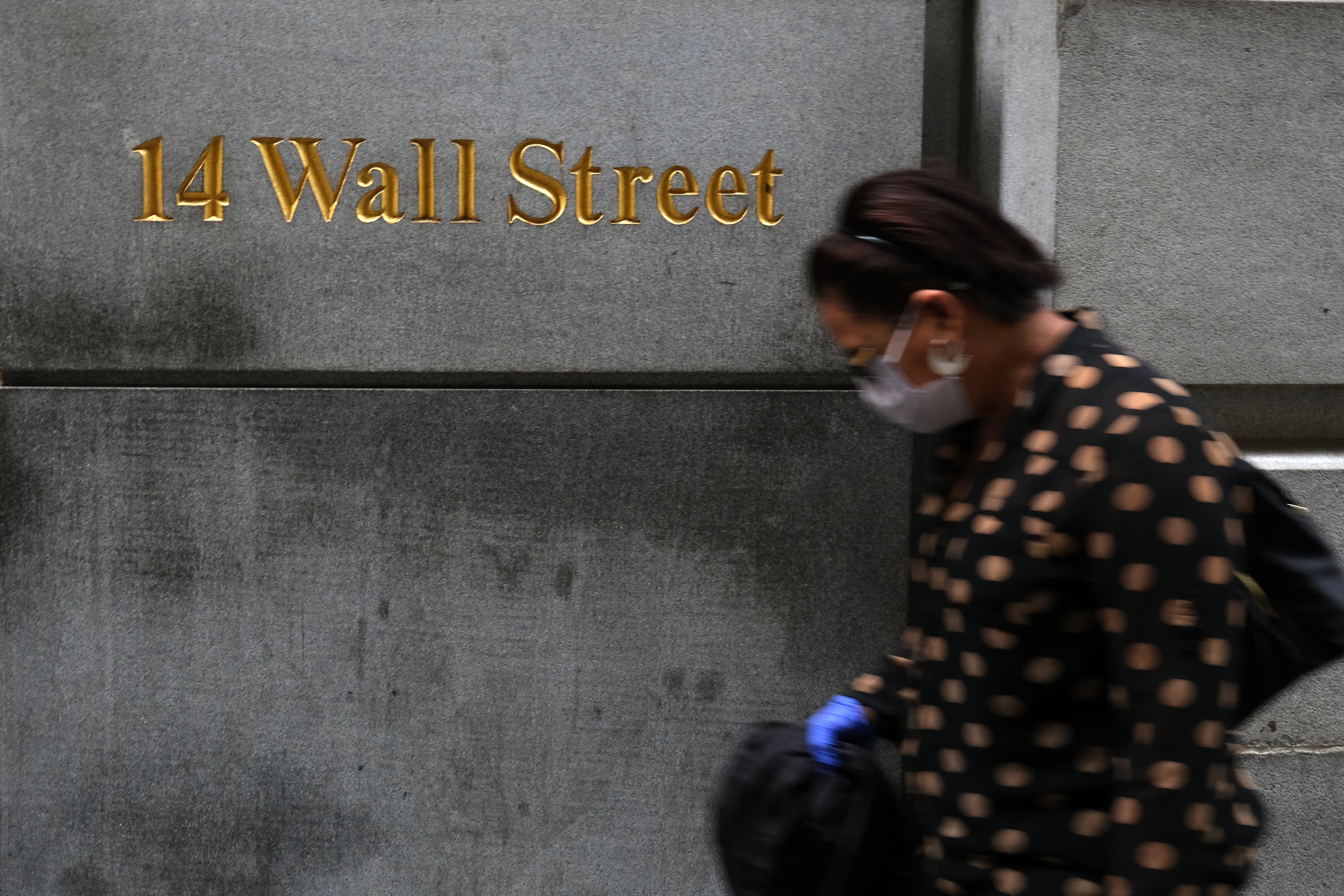
U.S. stock futures dropped as technology stocks declined, along with plays related to a successful coronavirus vaccine rollout.
Futures on the Dow Jones Industrial Average fell 335 points, or 0.9%, pointing to an opening loss of 310 points for the average. S&P 500 futures fell 1.4%, while Nasdaq 100 futures dropped 2.1%.
Here’s what traders were watching Thursday:
- Investors evaluated for a second day the Federal Reserve’s interest rate outlook where it indicated interest rates could stay anchored to the zero-bound through 2023 as the central bank tries to spur inflation. Fed Chairman Jerome Powell also pressed lawmakers to move forward with stimulus. While traders want low interest rates, they may be second guessing what rates this low for years means for the economic outlook.
- Shares of stocks that would benefit most from a vaccine struggled in premarket trading amid conflicting messages about the timeline. President Donald Trump said late Wednesday that the U.S. could distribute a vaccine as early as October, contracting the director of the Centers for Disease Control and Prevention, who told lawmakers earlier in the day that vaccinations would be in limited quantities this year and not widely distributed for six to nine months. Carnival Corp and United Airlines both fell 2% in premarket trading.
- Technology stocks, which weighed on the market Wednesday and were the source of the sell-off earlier this month, were down in premarket trading again. Tesla was off by 2%. Netflix fell 1%.
- Shares of Snowflake, an IPO which captivated Wall Street on Wednesday as it doubled in its debut, were off by 3% in early trading.
- Traders were monitoring the status of stimulus talks after President Trump suggested Wednesday he could support a larger package. However, Politico was reporting that Senate Republicans appeared reluctant to do so without more details on a bill.
- The latest U.S. weekly jobless claims came in slightly better than expected. First-time claims for unemployment insurance totaled 860,000 in the week ending Sept.12, versus an estimate of 875,000, according to economists polled by Dow Jones.
The S&P 500 slid 0.5% on Wednesday in a late-day sell-off brought on by tech shares and a reassessment of the Fed’s forecast. Big Tech dragged down the S&P 500 and Nasdaq, with Apple, Facebook and Microsoft all closing lower. The S&P 500 was still up 1.3% this week heading into Thursday after posting its first two-week decline since May previously. But it now appears that comeback is fizzling.
Fed Chairman Jerome Powell said in a news conference easy monetary policy will remain “until these outcomes, including maximum employment, are achieved.”
Normally, the prospects of lower rates for a prolonged time period spur buying in equities but that was not the case on Wednesday.
“The major indices dipped back to their short-term trading range following the Fed’s announcements, confirming that bulls are still not out of the woods,” said Ken Berman, founder of Gorilla Trades. “While there was nothing scary in today’s Fed announcements, stocks reacted in a bearish fashion, especially in the tech sector.”
U.S. housing starts data are also set for release at 8:30 a.m.
— CNBC’s Yun Li contributed reporting.
Subscribe to CNBC PRO for exclusive insights and analysis, and live business day programming from around the world.



